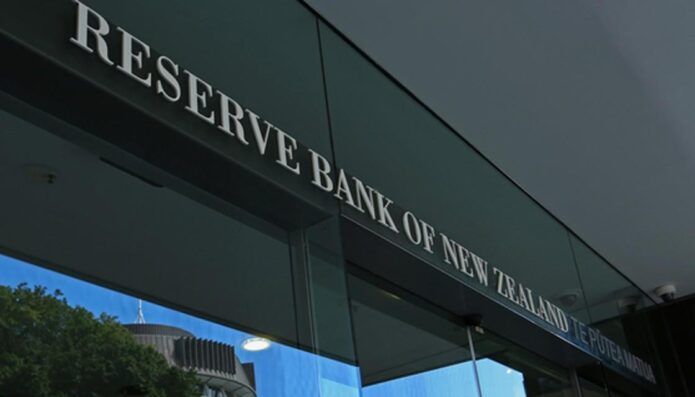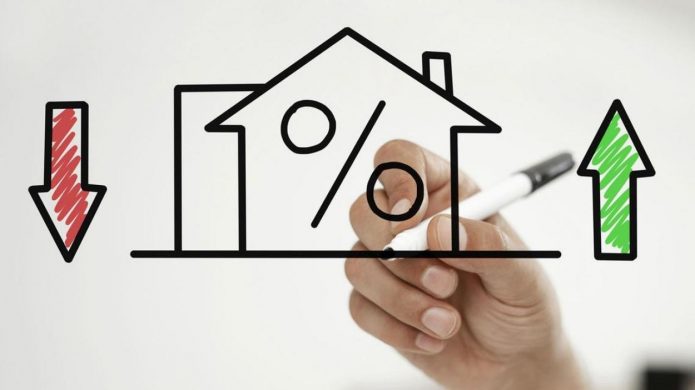PHOTO: Increased interest rates will no doubt impact the housing market.
Since the overnight cash rate hit 17.5 per cent in January 1990, Australians have seen the RBA cut interest rates 51 times. Now, after more than three decades of interest rate cuts, the cash rate sits at just 0.1 per cent.
This has led some analysts to call the bottom, predicting that the cash rate will never be cut lower than it is today.
With the economy’s recovery from the pandemic still fragile and heavily reliant on government support and household savings, RBA governor Philip Lowe has stated interest rates would stay low for “as long as needed”.
This was no doubt music to the ears of Australia’s 2.1 million property investors, and the more than 100,000 first homebuyers who purchased property since the pandemic began.
With many mortgage holders still facing an uncertain future, the predicted certainty about the stability of interest rates also provided a much-needed boost to household confidence. Partially as a result, the Westpac consumer sentiment index recently hit a decade high.
While the RBA does have a great deal of power to influence interest rates through a number of different tools it possesses, the direction of interest rates are not entirely within their control. They are ultimately guided by the tides of the global bond market.
Despite Governor Lowe’s view that rates would stay low for at least three years, financial markets are seeing things quite differently.
According to a report from Bloomberg, credit markets are pricing a 30 per cent chance of the RBA being forced to hike interest rates by the middle of next year.
READ MORE VIA NEWS MAIL










